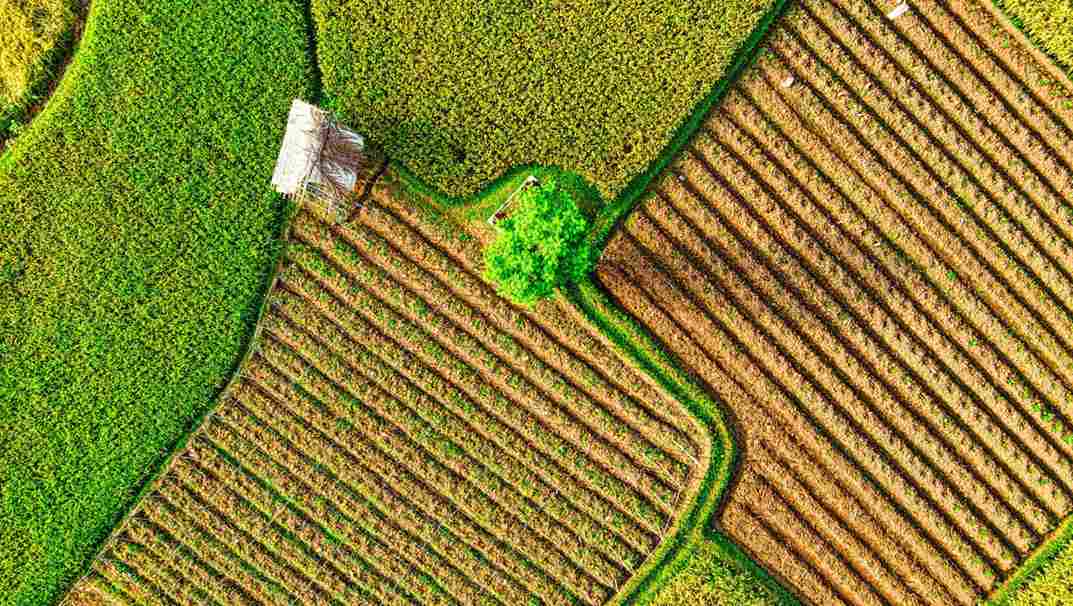Haryana, one of India’s most agriculturally progressive states, is undergoing a significant transformation in its cropping patterns. Traditionally dominated by the rice-wheat cycle, the state is now encouraging farmers to diversify towards high-value crops such as horticultural produce, pulses, and millets. This shift, driven by ecological concerns, market demands, and proactive government policies, marks a crucial step towards sustainable agriculture.
Why Crop Diversification?
The rice-wheat cropping system, although profitable for decades, has led to multiple challenges:
- Groundwater depletion: Paddy cultivation consumes excessive water, putting stress on Haryana’s already depleting aquifers.
- Soil degradation: Continuous mono-cropping has reduced soil fertility and increased the need for chemical inputs.
- Economic vulnerability: Reliance on just two crops makes farmers more susceptible to market fluctuations and climate risks.
To address these issues, crop diversification offers a more resilient and sustainable alternative.
Shift to High-Value Crops
Farmers in Haryana are increasingly turning towards:
- Horticulture: Vegetables, fruits, and flowers like tomatoes, onions, kinnow, and guava are gaining popularity.
- Pulses: With rising demand and government incentives, crops like moong and urad are being reintroduced.
- Millets: Bajra and other nutri-cereals are regaining ground due to low water needs and high nutrition.
Policy Support Driving Change
- MSP Incentives: Better pricing for millets and pulses to encourage their cultivation.
- Mera Pani Meri Virasat Scheme: Financial incentives for shifting away from paddy to less water-intensive crops.
- Crop Cluster Development Program: Crop-specific clusters are being developed for horticulture to improve supply chains.
Impact and Way Forward
- Reduction in paddy acreage in districts like Karnal, Kurukshetra, and Kaithal.
- Rise in horticultural areas with better infrastructure support.
- Improved water usage, aiding long-term conservation.
However, challenges like market access, storage, and farmer education remain.
Conclusion
Crop diversification in Haryana is not just a policy trend—it is a necessity for ecological sustainability, economic resilience, and nutritional security. With continued support and innovation, the state can set an example for other regions looking to balance productivity with sustainability.
